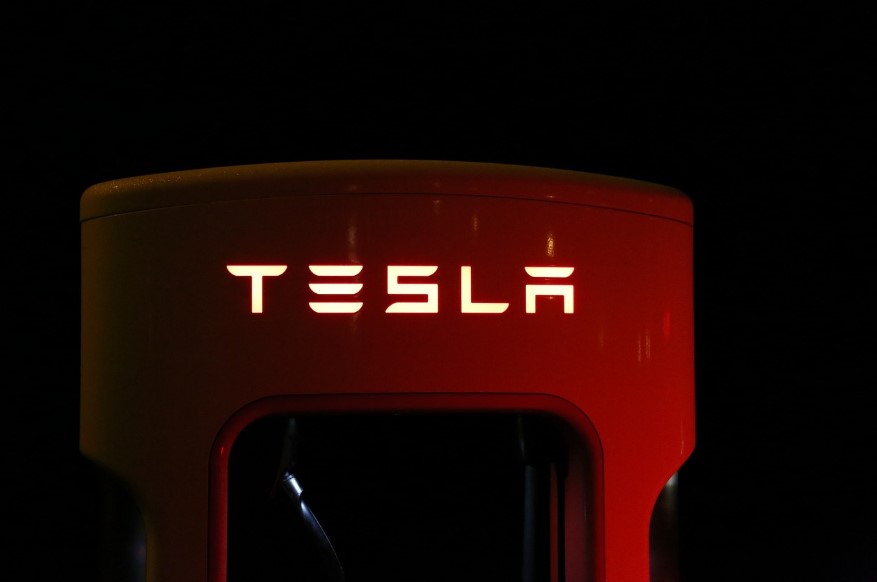The electric vehicle (EV) sector, once a darling of the stock market, has recently hit a speed bump. The slowdown has been marked by lackluster delivery numbers, price volatility, and heightened competition – particularly impacting industry frontrunner Tesla. With such turbulence, investors have begun to question whether the EV boom is fading or is simply undergoing some necessary recalibration.
Tesla’s Challenges: A Symptom of Wider Trends?
Tesla’s recent struggles provide a stark example of the challenges facing the EV industry. Following a series of disappointing delivery reports and missed expectations, investors are understandably concerned. This downturn can’t be attributed to Tesla alone; several factors have contributed to a broader slowdown.
One of our analysts points out that the early adopter market for EVs has become somewhat saturated in recent years. While there’s still strong interest in EVs, mainstream buyers have been deterred by the combination of high prices and rising interest rates. In response, automakers have been forced to slash prices or offer incentives to maintain sales momentum, potentially eating into their profit margins.
Further exacerbating the situation, the severe winter weather experienced in parts of the U.S. and Europe has highlighted a significant pain point with EVs: reduced performance in cold climates. News of batteries struggling to hold a charge and long waits at charging stations have created negative publicity for the sector, potentially impacting consumer sentiment.
Tesla, in particular, has been contending with increased competition, especially in the Chinese market, where domestic EV makers like BYD and Li Auto are aggressively gaining market share. This has caused Tesla to reduce output at its Shanghai plant, signaling tougher times ahead for the company.
Tesla’s Troubles – A Canary in the Coal Mine?
The setbacks faced by Tesla also underscore the challenges of supply chain management. Production disruptions stemming from geopolitical tensions or natural disasters can severely impact the flow of crucial components. Just in the first quarter of 2024, Tesla has endured setbacks ranging from attacks on shipping in the Red Sea to an alleged arson attempt at its German factory.
Tesla’s Cybertruck, the highly anticipated but controversial pickup truck, has underwhelmed since its launch, adding to the company’s woes. The model’s unconventional design and mixed reception highlight the difficulty of predicting consumer preferences, even for established brands.
The Search for Solutions
Amidst these challenges, many industry players are seeking ways to regain momentum. One of our analysts believes a crucial step lies in transitioning toward iron phosphate batteries. These batteries offer several advantages over lithium-ion batteries, including a longer lifespan and better performance in cold weather – addressing a key consumer concern.
Furthermore, automakers such as Tesla are expected to prioritize more affordable models. The Tesla Model 2, rumored to be priced significantly under $30,000, could be a game-changer, broadening the EV market’s appeal and making it accessible to a wider range of consumers.
Finding EV Opportunities
While Tesla’s recent performance warrants caution, it’s important to remember that the EV market remains dynamic, offering both risks and potential rewards. Savvy investors should assess companies based on individual merits and consider factors beyond just brand recognition.
One compelling example is Li Auto, a Chinese EV maker that has demonstrated strong growth and favorable fundamentals. According to one of our analysts, Li Auto has strategic advantages, such as a strong relationship with leading battery suppliers and a focus on higher-end models that command better pricing power than some competitors. The company’s emphasis on scaling production and managing costs positions it favorably as the EV market continues to evolve.
The Bottom Line
The current turbulence in the EV sector is a reminder that even the most promising industries can experience periods of correction and consolidation. The challenges facing Tesla, while significant, should be viewed within the broader industry context. The transition to electric vehicles remains a long-term trend, and while setbacks and shakeouts are inevitable, the overall trajectory is likely to remain positive.
Investors should proceed with a discerning eye, carefully evaluating individual companies, technological advancements, and the evolving regulatory landscape. The EV market may be taking a breather, but the story is far from over.


